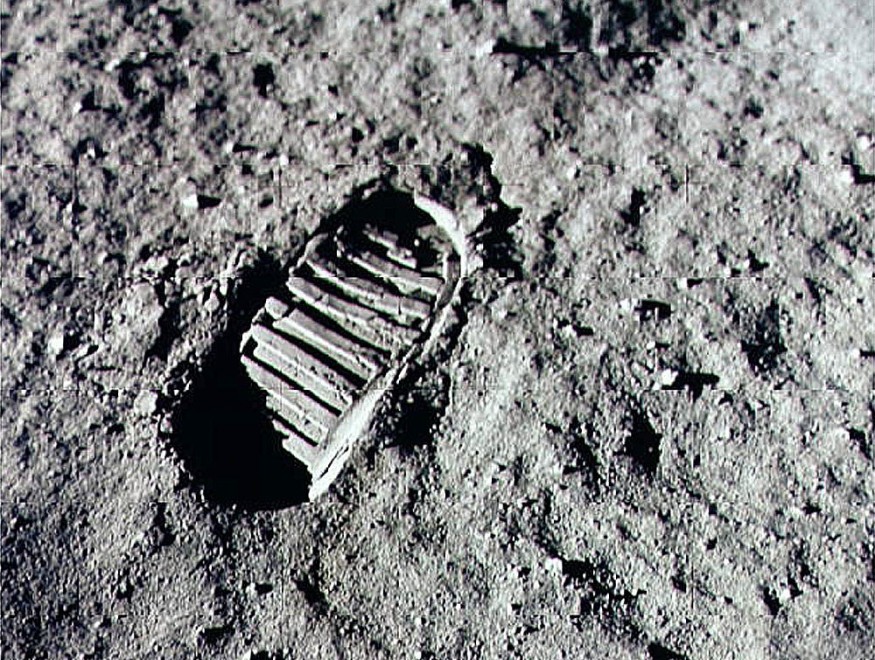NASA is about to open a very unusual time capsule — one of the remaining unopened lunar samples from the Apollo missions to the moon, which took place 50 years ago.
Experts will examine the samples to learn more about astronauts' circumstances when they return to the moon as part of the Artemis program.
The Astromaterials Research and Exploration Science Division (ARES) team at NASA's Johnson Space Center will open the sample. It's from the Apollo 17 mission, which launched in 1972 and was the penultimate flight of the period.
It comprises lunar surface rocks and dirt gathered from a landslide deposit in the Taurus-Littrow Valley. While on the moon, the sample was vacuum sealed and has remained sealed ever since.

NASA to Open Canned Moon Soil To Help Astronauts Find More During Artemis Mission
Thomas Zurbuchen, the assistant administrator of NASA's Science Mission Directorate, said in a statement that understanding the geologic history and development of the Moon samples at the Apollo landing sites will help them prepare for the sorts of materials that astronauts may find during Artemis.
Artemis' mission is to return cold, sealed samples from the lunar South Pole.
Zurbuchen added that it is a fantastic chance to learn about the equipment needed to gather and transport these samples, analyze them, and store them on Earth for future generations of scientists.
Keeping such a sample fresh and unopened for a long time requires a great deal of planning.
Lori Glaze, head of NASA's Planetary Science Division, said in the same statement that the agency anticipated that science and technology would advance, allowing scientists to analyze the material in new ways to answer new questions in the future.
Glaze added that the Apollo Next Generation Sample Examination Program (ANGSA), the team handling the sample analysis, would investigate these specially preserved and sealed materials.
Apollo Can Opener Explained
According to Gizmodo, astronaut Gene Cernan collected a core sample of lunar soil during the Apollo 17 mission in 1972.
Cernan used a 28-inch-long cylindrical tube that he hammered into the moon's Taurus-Littrow Valley.
While Cernan was still on the moon, the sample was locked within a vacuum-sealed container shortly after it was collected.
The canister was placed inside another vacuum chamber when it arrived on Earth, where it rested unused for over 50 years.
Researchers will now open the sample, known as the 73001 Apollo sample container, which European Space Agency (ESA) made.
IFL Science said the "Apollo can opener" should open the vacuum-sealed cylinder while getting any lunar gases that may still be trapped within its walls. The extraction technique will include piercing a hole into the container while making sure not to introduce any contaminants in the sample.
Scientists will better understand the moon's geology by examining lunar vapors containing hydrogen, helium, or other gases.
According to a statement, these studies might aid engineers in developing more efficient and effective sample instruments and processes for future expeditions to the moon or Mars.
RELATED ARTICLE : NASA Mission: Apollo 17 Rock Sample Troctolite 76535 Shows Moon Is Cooler Than Everyone Thought
Check out more news and information on Space in Science Times.
© 2025 ScienceTimes.com All rights reserved. Do not reproduce without permission. The window to the world of Science Times.











